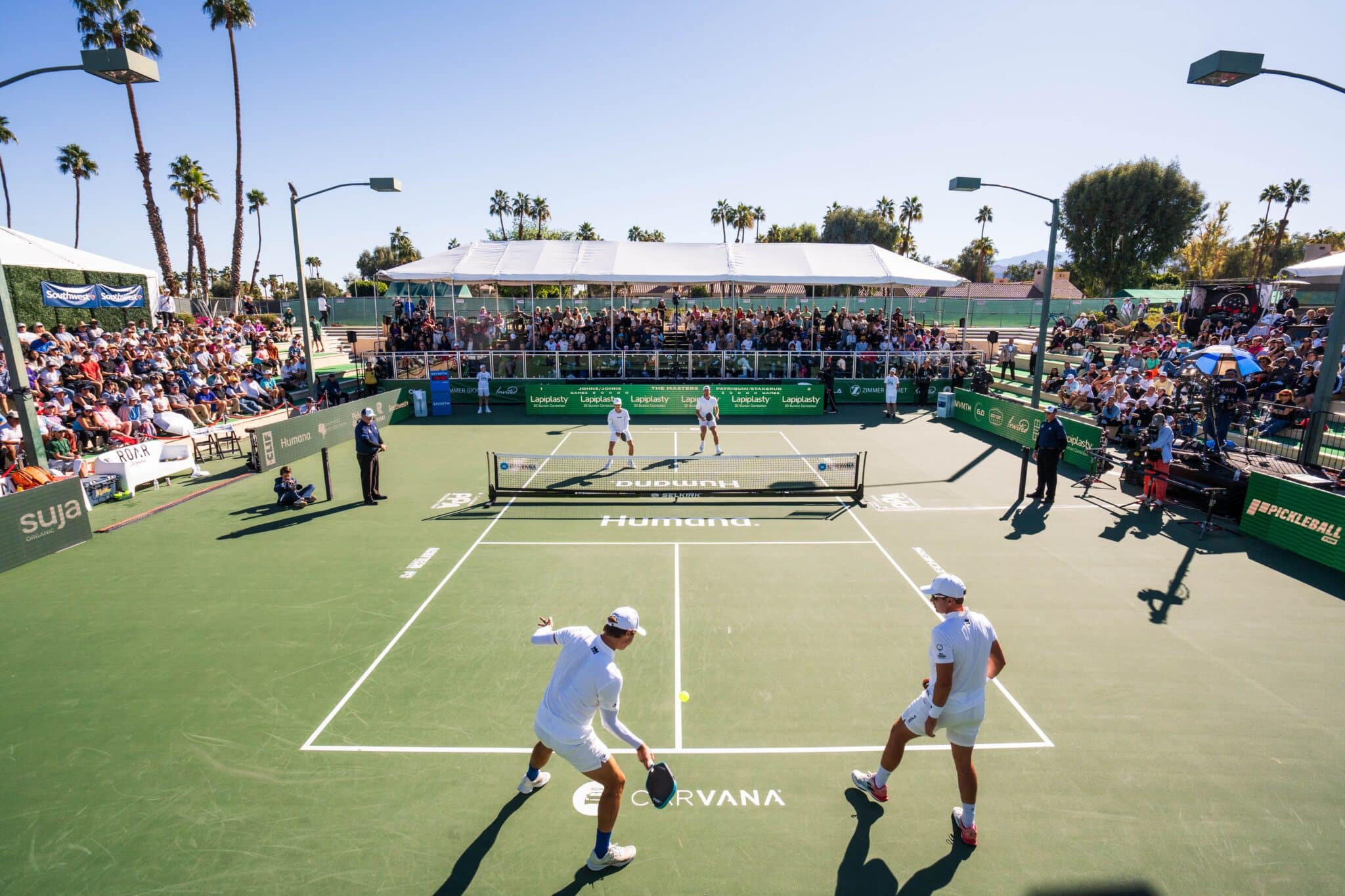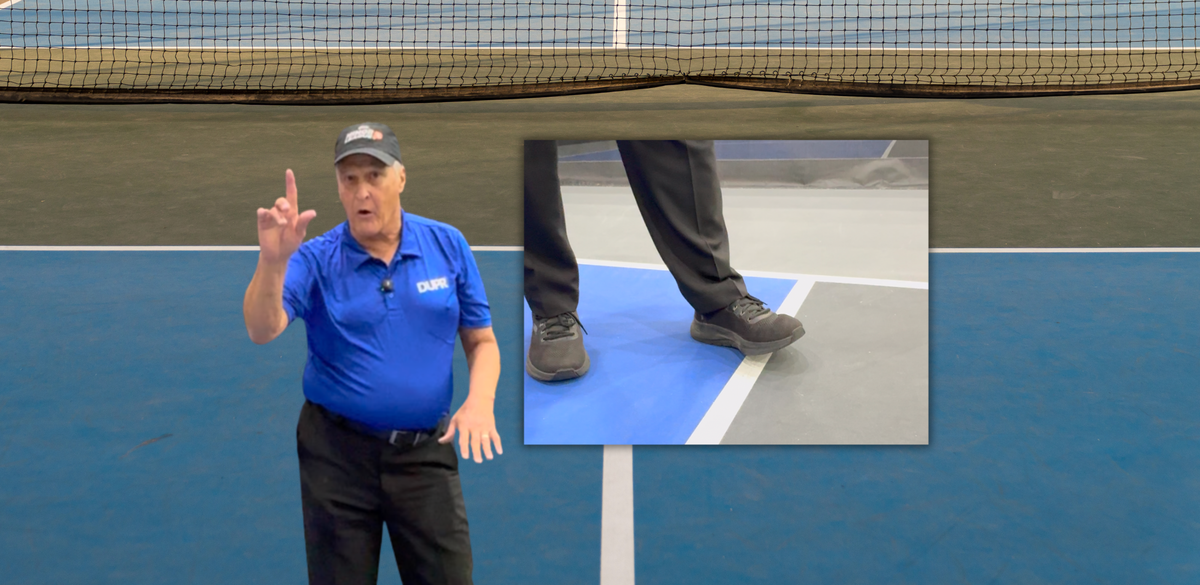Today I’m diving into one of the most common and significant mistakes I’ve noticed among pickleball players. Surprisingly, many players either unintentionally fall into this trap or, even more surprisingly, intentionally adopt this detrimental habit. Let’s break it down.
Picture this: players on the court hitting shots with their elbows flaring out, causing their paddles to go haywire. This, my friends, is a recipe for disaster. It’s a mistake I see all too often and one that can lead to what we call “tennis elbow.” Not exactly the souvenir you want to bring home from your pickleball game, right?
Now, some of you might be thinking, “But Sarah, I feel comfortable with my backhand like this.” And that’s great! If you can consistently finish the ball and execute your shots effectively, more power to you. But here’s the rub: when you pull that elbow up, you send your paddle in the wrong direction.
Imagine you’re dealing with a high backhand shot. In this scenario, you want to keep that elbow down, maintaining control. The same principle applies to forehands and lower shots. To avoid what we call the “chicken wing,” aim to keep those elbows in and down. This adjustment can do wonders for your game.
Now, let’s talk about paddle positioning. If you’re continuously leaning forward on your forehand, your backhand, or both, you’re setting yourself up for frustration. This stance makes it challenging to hit effective forehands and keep the ball in front of you consistently.
Instead, consider a paddle position that’s a bit more out and away from your body. This adjustment will enable you to move efficiently and use your hands effectively. No more paddle-happy elbows causing chaos.
Here’s an extra tip for you. When you notice your opponent making this mistake, seize the opportunity. If they’re leaning heavily towards their backhand, try hitting a soft shot slightly behind their forehand. Trust me; they’ll struggle to reach it, and it might just lead to an error on their part. Remember, your opponents inadvertently reveal their weak spots through their paddle positioning.
It’s time to debunk the myth that the backhand is universally weaker. In reality, players who consistently fall back on their backhand may have a weaker forehand. So, not only should you work on honing your strengths and weaknesses, but also be strategic about using your opponent’s weaknesses to your advantage.
In the world of pickleball, understanding the nuances of paddle positioning and capitalizing on your opponent’s mistakes can be game-changers. So, keep that elbow down, position your paddle wisely, and watch your game elevate to new heights. Happy pickleballing!
Please follow and like us:
Related
Anuncie Aqui / Advertise Here
Sua marca para o mundo Pickleball! / Your brand for the Pickleball world!

 English
English  Spanish
Spanish  Portuguese
Portuguese  German
German  Italian
Italian  Japanese
Japanese  French
French  Polish
Polish  Russian
Russian  Netherlands
Netherlands  Hungarian
Hungarian  Turkish
Turkish  Videos
Videos 






 English (US) ·
English (US) ·  Portuguese (BR) ·
Portuguese (BR) ·